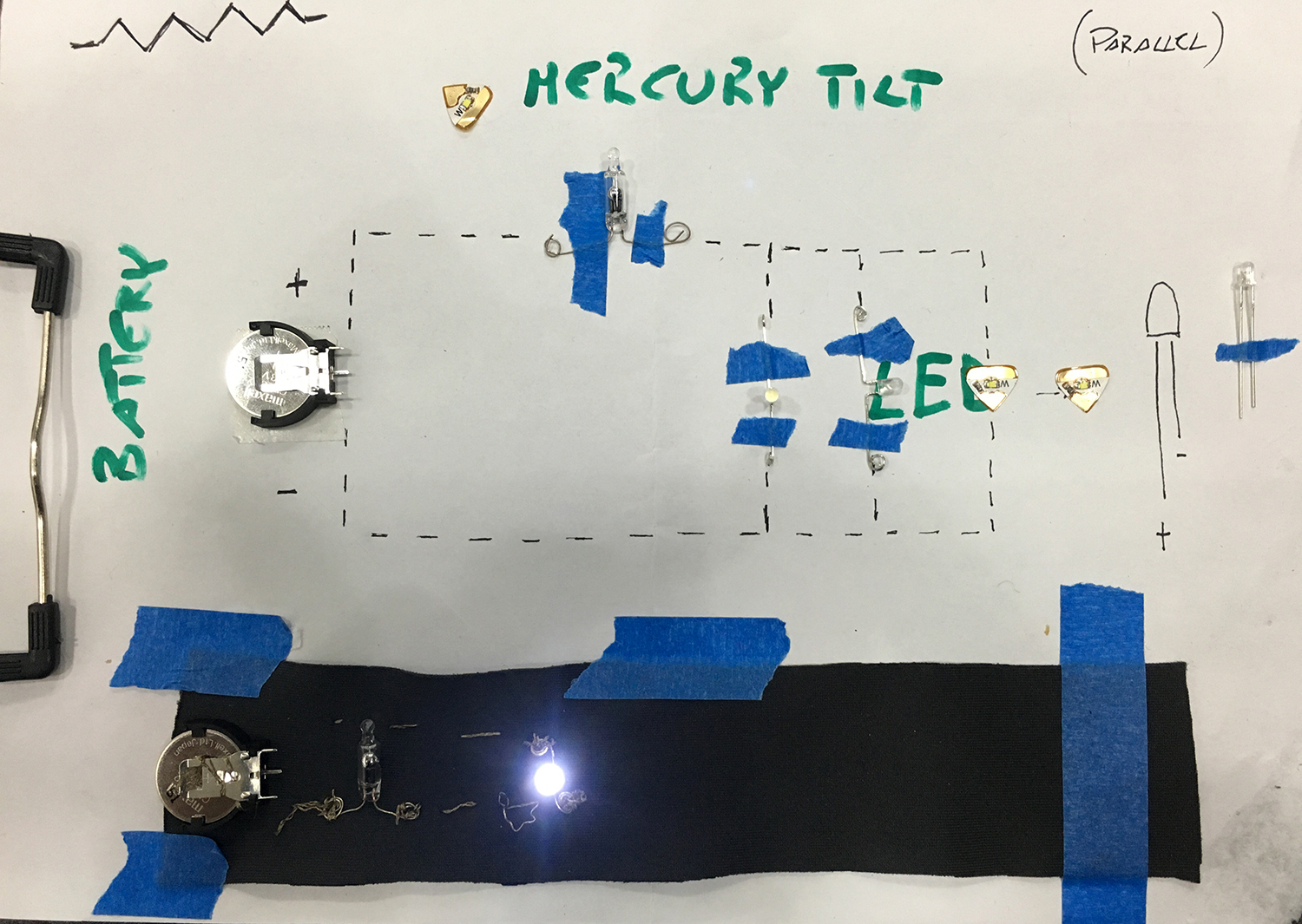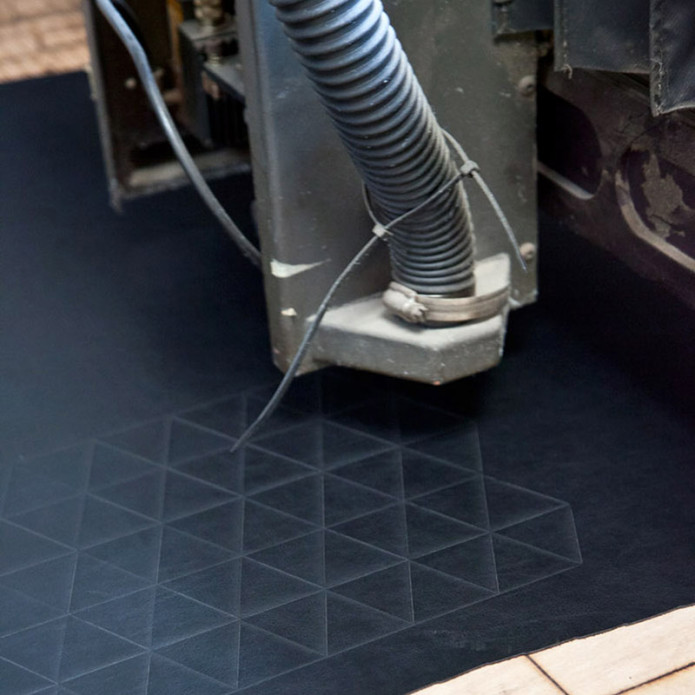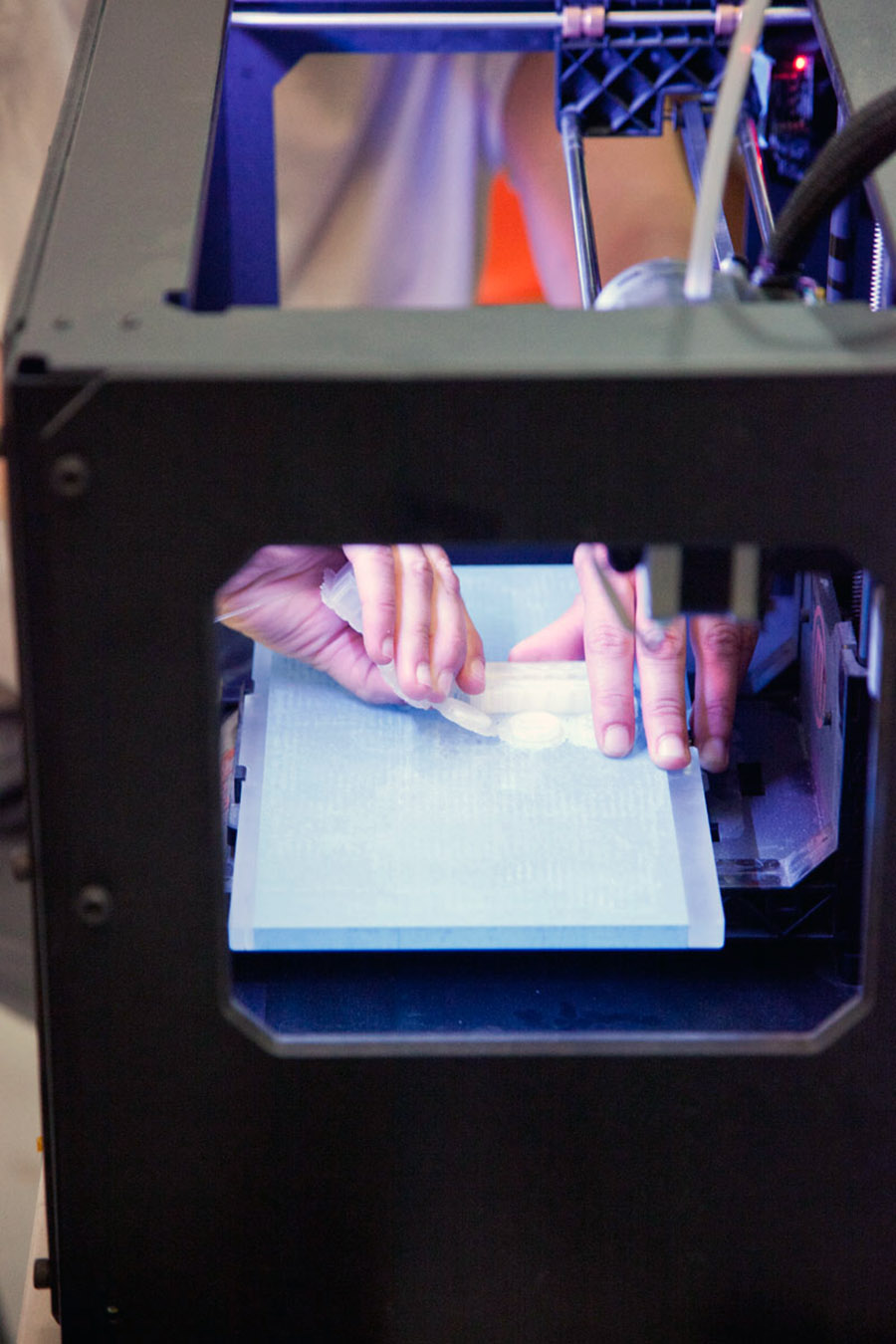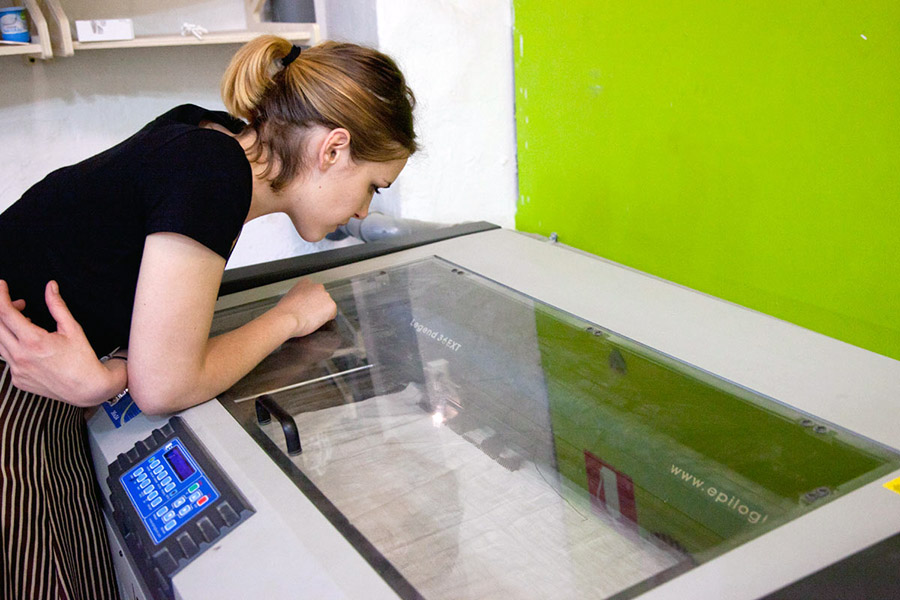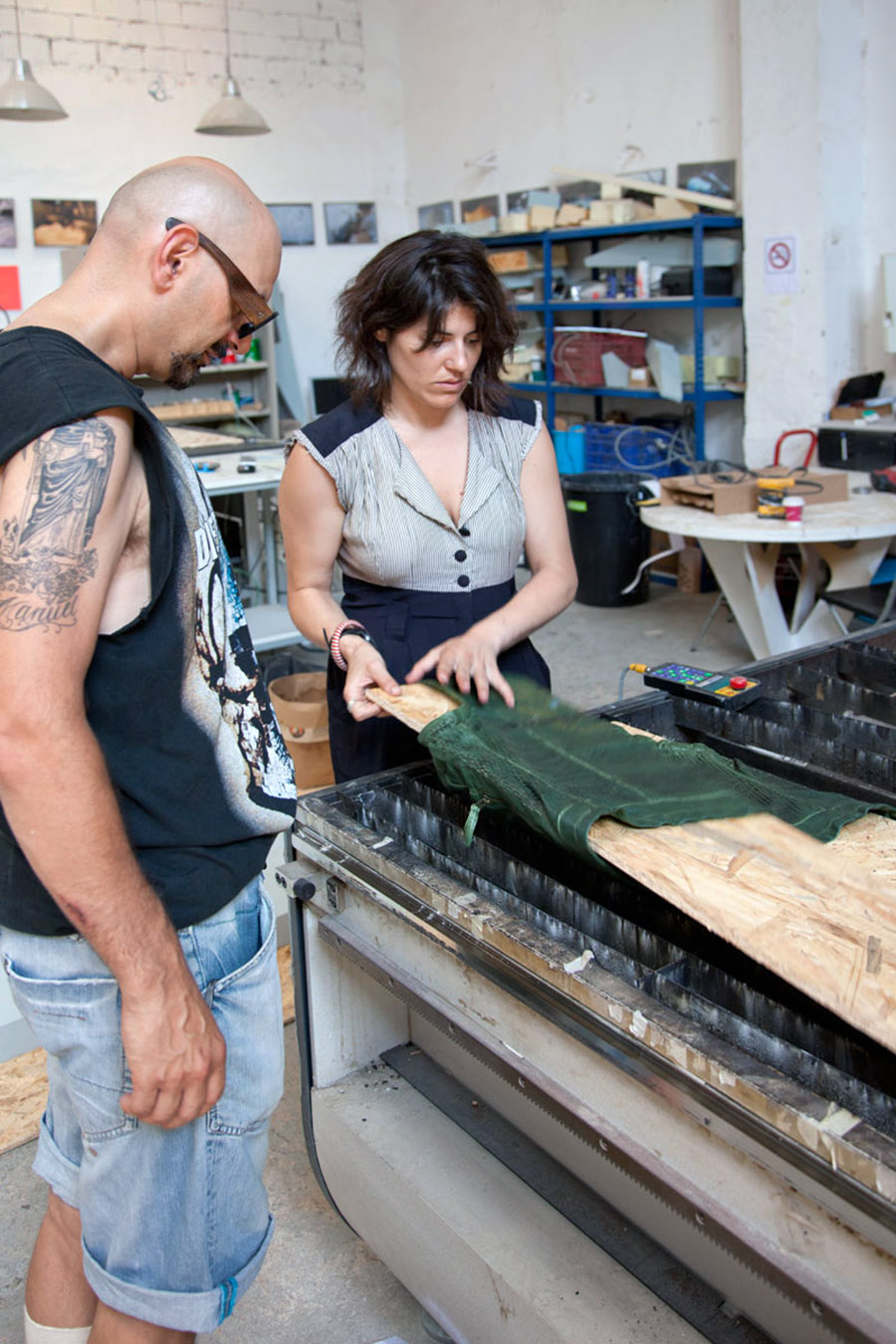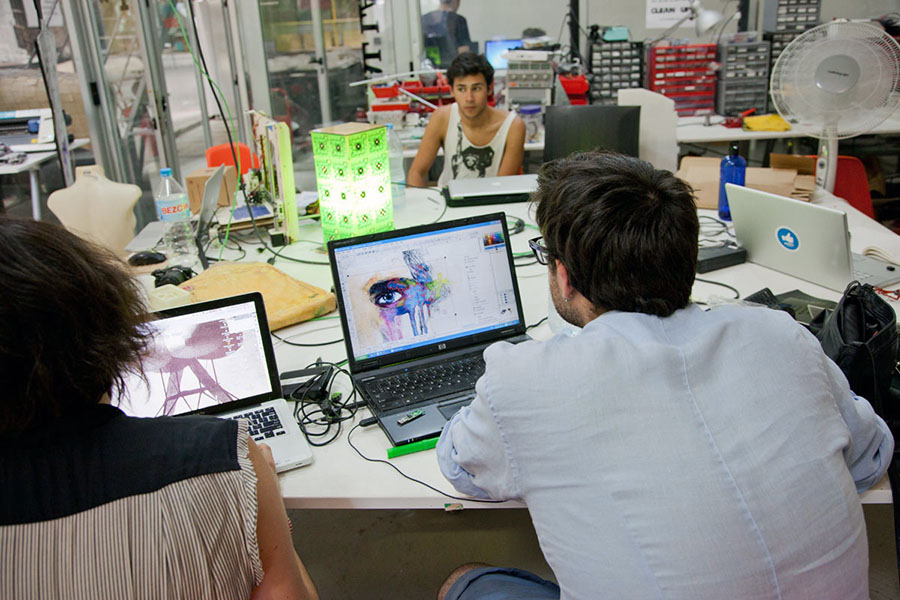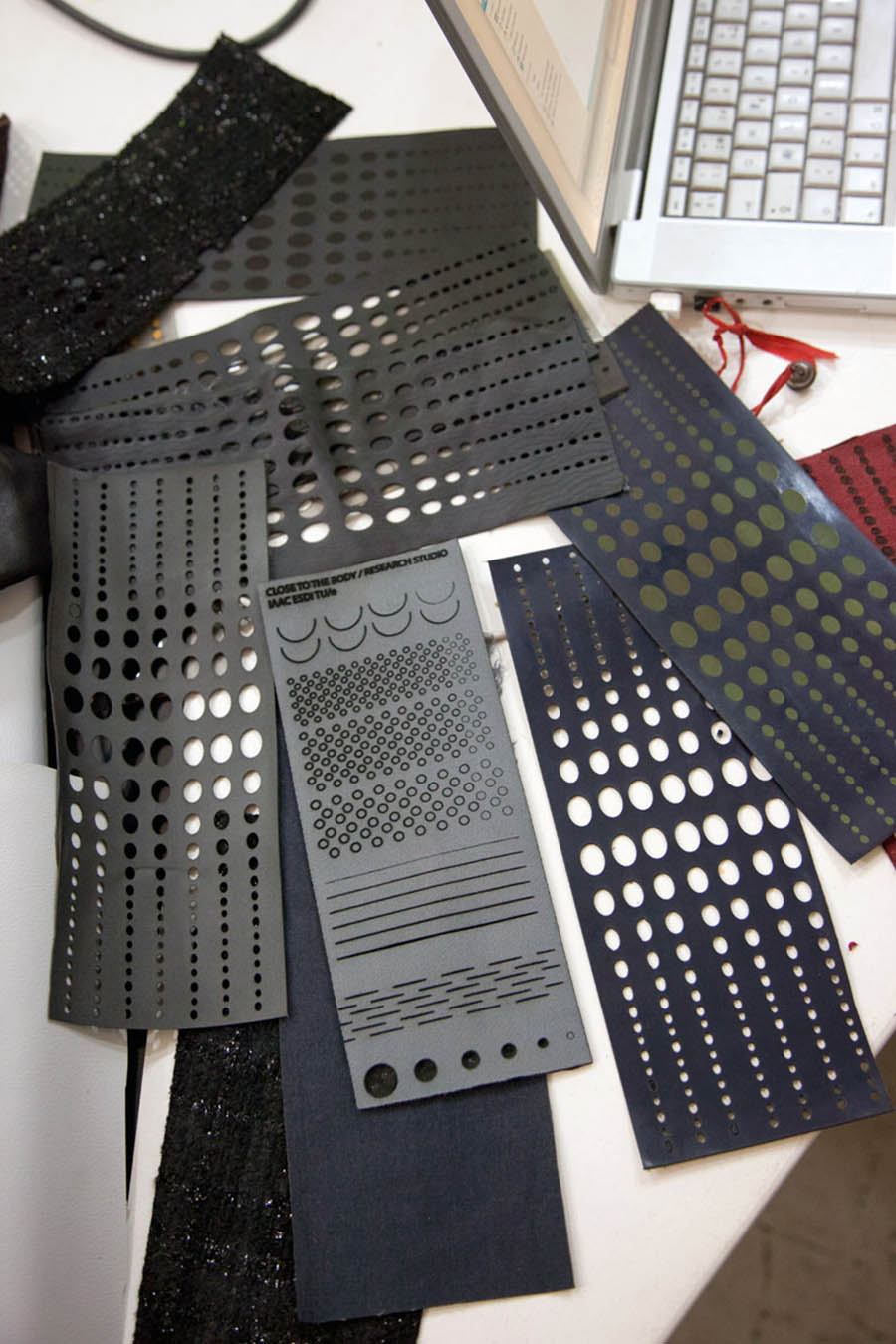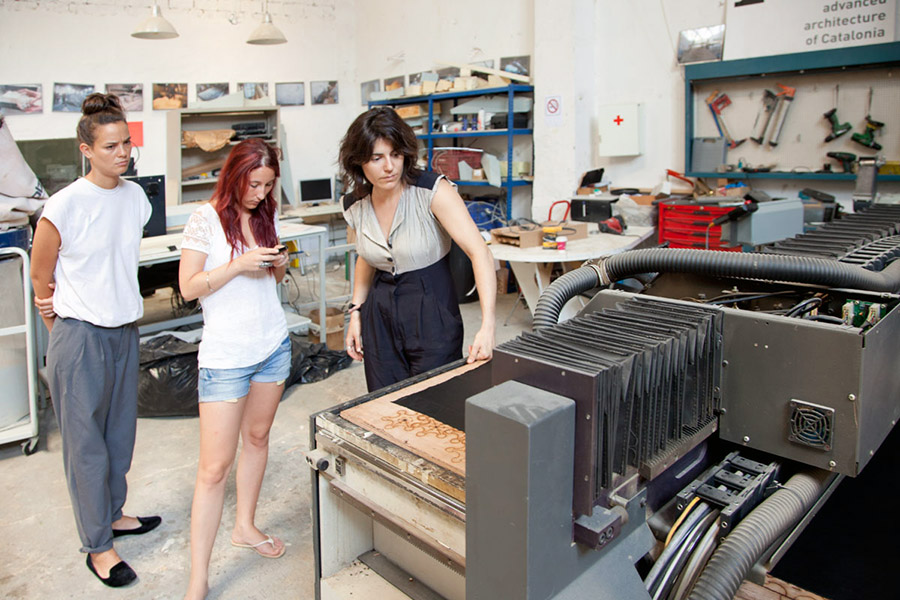Bootcamp with Icelandic teachers:
Introduction to soft fabrication and the use of digital fabrication applied on textiles and fashion
New mediums of production and accessibility to new technologies are changing the way we learn, design, produce and consume. Fashion education and the industry are still in the process of adaptation to the new technologies and the open source culture. Innovative processes and multidisciplinary synergies are defining the new era, which calls upon the awareness of the way things are made and the opportunities that the new tools offer to innovate and reimagine the future.
This bootcamp with FATEX – Association of apparel and textile secondary school teachers focused on transmitting Digital Fabrication and New Technologies applied in Fashion. Digital fabrication allows us to experiment with the way we design, produce and consume fashion introducing the participants to 3D modelling, parametric design, 3D printing, new techniques and materials.
kombucha culture/ grow your own textile
Day 1 (6 hours)
Presentation of the Roadmap of the fab textiles projects.
Hands on use of laser cutting technology for fabrics, from 2D patterns to 3D structures. The participants were introduced to 2D design programs and file preparation for laser cutting fabrics. A great variety of different fabrics was tested and a catalogue of speeds and power for each fabric was generated for cutting and laser engraving. The participants brought as well local fabrics from Iceland such as fish leather, felt, cow leather and horse hair in order to learn how these materials can be used with digital fabrication technologies and apply the techniques back in their schools.
Day 2 (6 hours)
Molding Felt and CNC milling
Hands on work
Day 3 (6 hours)
Introduction to 3D printing applied in fashion
The exercise was a introduction to 3D modelling through parametric design using Rhinoceros and Grasshopper and file preparation steps and tips for 3D printing. The technique implies the use of fabric on the 3D printer platform where the flexible filament adheres. The grasshopper definition generates curly volumes that vary in width and height. If the fabric used on the platform is stretched the curly pattern can impose the deformation of the fabric into a 3D structure.
This tutorial gives an insight into the correct choice for fabric and appropriate 3D geometries that give properties to the soft structure.
This tutorial gives an insight into the correct choice for fabric and appropriate 3D geometries that give properties to the soft structure.
Day 4 (6 hours)
Integrating soft circuits in the garment
Basic Tilt sensor with LED circuit
Participants used basic electronic components such as conductive thread, LEDS, battery and tilt sensor in order to make a small circuit that was integrated into a laser cut bracelet pattern.










